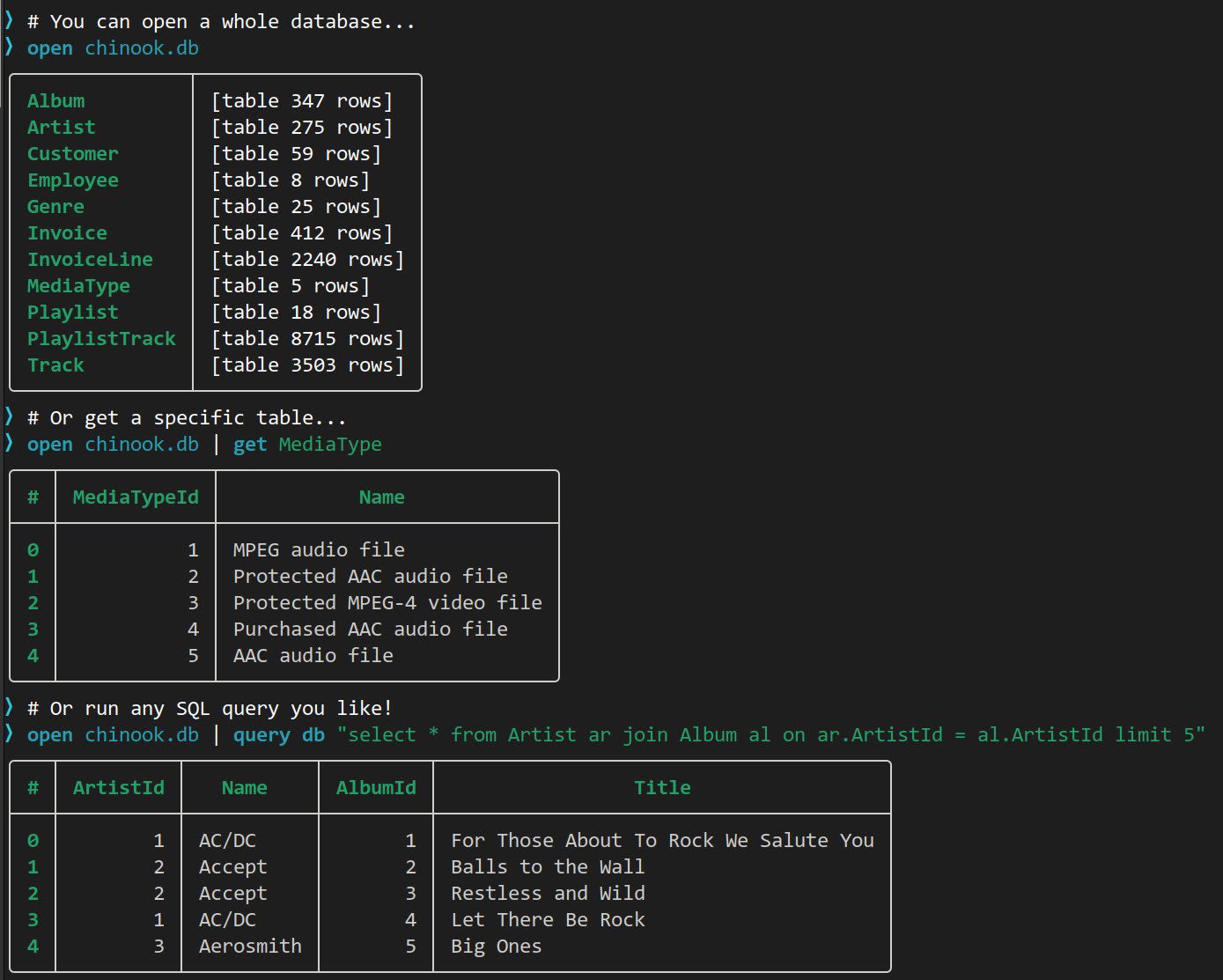I’ve been using Rust full time for the last month and a bit while contributing to Nushell (more on that later). A lot has changed since I first tried Rust in 2019 and this is my first time working on a big Rust project. Here are some thoughts on the language while they’re still fresh in my head.
Compile times and feedback loops
Rust’s compile times are notoriously slow. Rust development was slow enough on my laptop that I finally gave up on mobile computing and bought a desktop with a top-of-the line CPU (12900K). Along the way I switched from Windows to Linux (more on that later) and started using the mold linker, and now… things are OK!
I’m able to do incremental builds of Nushell (a huge project) in a second or 2, and a full debug build takes 25s. For smaller projects, incremental builds are nearly instant. There’s certainly room to improve here, and the development experience is not great on average hardware, but… this works for me.
Another thing to consider is that the typical Rust feedback loop is tighter than you might expect from the slow compile times. The Rust compiler catches a lot of bugs before a full build needs to happen, and that reduces the need to do a full build and try things out.
Complexity + monotony
Rust is not a simple language. In total I’ve spent nearly 3 months working mostly in Rust, and the language still has a lot of corners that I don’t have a solid grasp on. To improve on this I’m going to need to branch out from Nushell and write a lot of little tools for myself.
Despite the complexity, I’ve found that writing Rust is sometimes a bit… braindead? The type system is very expressive and the compiler catches a ton of errors, so I spend 25% of my time thinking real hard and 75% painting by numbers to make the compiler happy. I can’t quite decide how I feel about this style of development, it can be a little tedious but it also makes for a better end product.
I (sometimes) want a higher-level Rust
Rust has a lot of great things going for it; the tooling, community, package ecosystem, compiler, and syntax are all fantastic. But the focus on systems programming does mean that Rust isn’t quite as ergonomic as it could be for many use cases.
Sometimes I just want a garbage collector! Sometimes I’d be perfectly happy for Rust to implicitly allocate memory if it makes my code work (for example: converting from a &str to a String)! I don’t know if that will ever be possible in standard Rust, but… maybe there’s room for a Rust variant intended for higher-level use cases.
On the other hand, the ability to go as low as you want is great. It’s nice to work in a language with a very “high ceiling”; no matter where your Rust project goes, you won’t have to switch to C or C++.







 ), but it’s rare to see people building pure-Win32 GUIs these days.
), but it’s rare to see people building pure-Win32 GUIs these days.





